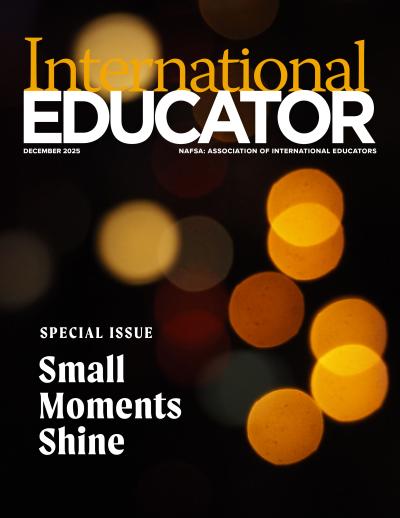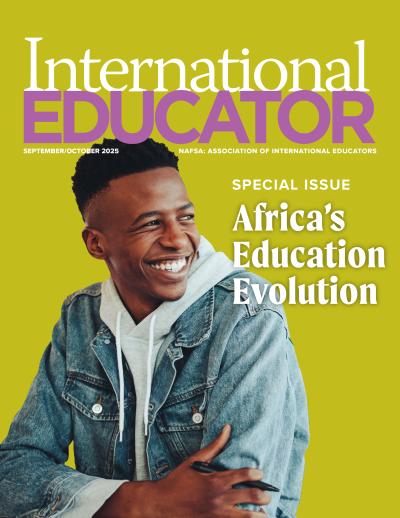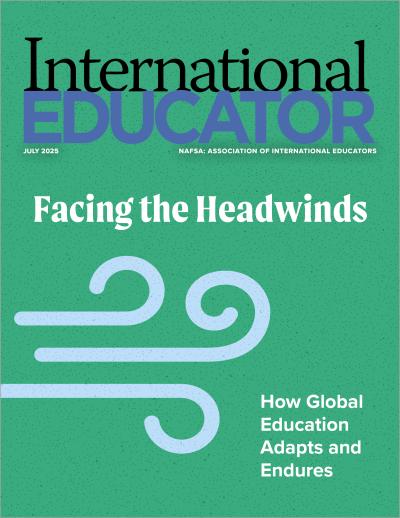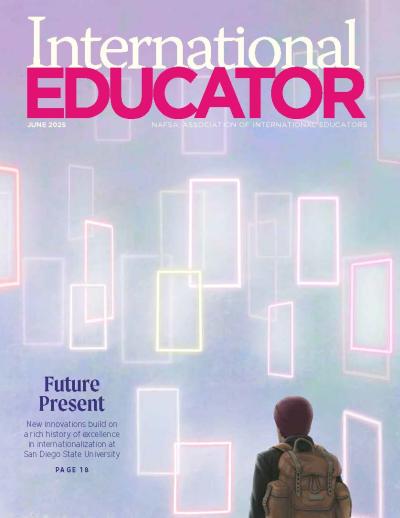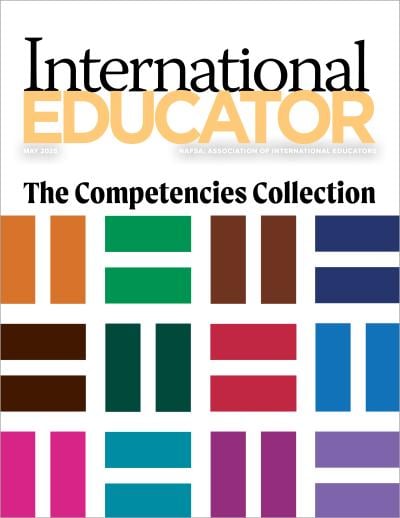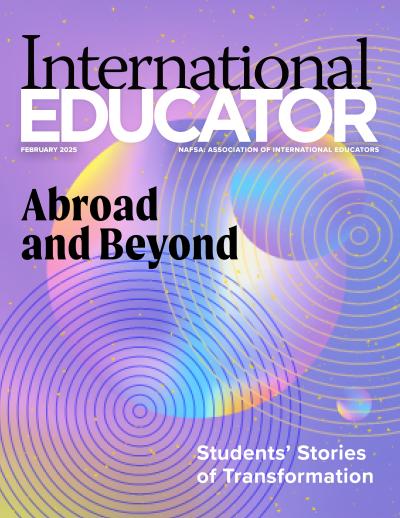Seven Tips for Building a Mutually Beneficial Exchange Partnership
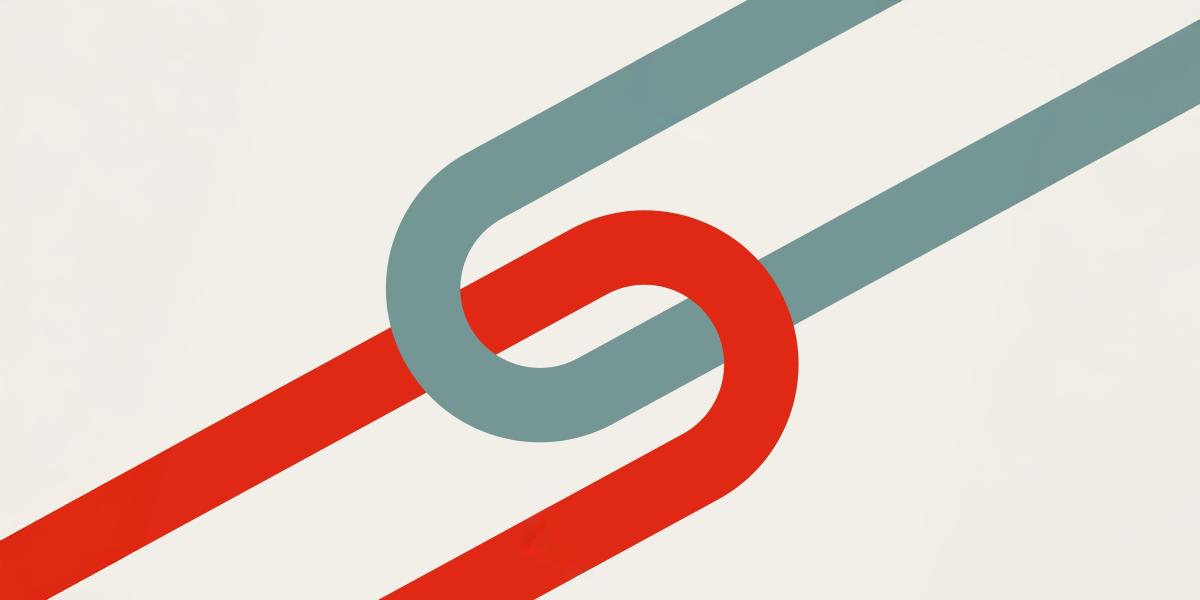
When it comes to student exchange programs, everyone agrees that a major key to success is a mutually beneficial partnership. The challenge, however, is how to develop exchange partnerships that will benefit both parties from the beginning—and then maintain that success.
“Mutuality and benefits are critical in the development of exchange programs,” says Zach Tobin, director of member relations for the United States at ISEP Study Abroad (ISEP), a global network of universities offering academic exchanges. “When you create an exchange program that is not serving the needs of both institutions, it starts to become very one-sided and at some point becomes practically useless.”
Defining a successful partnership doesn’t have to be hard. “It’s a partnership where [there is] really good synergy, a good relationship with the university abroad, and excellent curricular alignment,” relays Janelle Waldrep, lead study abroad officer at San Francisco State University (SFSU). “It’s a partnership where [both parties are] able to send good numbers of students back and forth.”
Here are seven tips for building and sustaining the kind of student exchange partnership that will pay dividends for both parties.
1. Start with your goals.
Before pursuing a new partnership—or even evaluating an existing one—take a careful look at your institution’s and office’s own goals and priorties. “It’s about identifying what your needs as an institution are and then from there trying to assess how [they fit] into an international strategy,” says Tobin. “It’s trying to assess what you are looking for, both for the short term and the long term.”
A natural starting place is the institution’s strategic plan, which helps education abroad offices prioritize their efforts. “When I think about our university’s strategic plan, there’s a lot of focus on sustainable programs,” says Rose Honegger, associate director of global engagement at the University of Louisiana-Lafayette. “We want to graduate students who can work alongside others and find solutions to meet with the pressing problems of this world.”
“It’s about identifying what your needs as an institution are and then from there trying to assess how [they fit] into an international strategy.” —Zach Tobin
With sustainability in mind, Honegger’s office identified an existing education abroad program in Costa Rica that focuses specifically on sustainable practices for businesses. “We make sure that the faculty and the students involved in that education abroad experience understand that the reason we curate these programs in such a way is to help meet our organization’s student development objectives.”
2. Be realistic about who—and where—you are.
Often, students want to go to premier destinations and faculty want to affiliate with elite universities. But wishes can outstrip reality and affect mobility for both inbound and outbound students.
“If a university is in a major city, that affects cost for students,” relays Trisha Winkle, assistant director of education at Texas A&M University (Texas A&M). “But if we’re partnering with a city that is more economically feasible for us, can those students afford to come here [with the reciprocal exchange]?”
Indeed, cost to students is an important consideration. “Some destinations work really well, but housing is an issue,” says Alberto Rodríguez-Martínez, adjunct vice-rector for internationalization at Miguel Hernández University (UMH). “Students couldn’t find any affordable place[s] to stay, and mobility is limited as a result.”
“Once trust is built and value is proven, reciprocity tends to follow more naturally.” —Alberto Rodríguez-Martínez
As a relatively young institution—not even 30 years old—located in a smaller city in the suburbs of Alicante, Spain, UMH faces several challenges. “We are realistic about our institutional profile—our size, geographic location, and relatively young history compared to other universities,” says Rodríguez-Martínez. As a result, the university has taken its own approach with some partnerships. “In some cases, it is necessary to accept non-reciprocal arrangements initially, simply to demonstrate to a partner the advantages of sending their students to us,” he says. “Once trust is built and value is proven, reciprocity tends to follow more naturally.”
Ideally, education abroad offices should be looking for parity between the institutions.
“You have to know who you are,” shares Marina Casals Sala, ISEP’s director of member relations for Europe and the United Kingdom. “If you enter into an unequal relationship, it’s not sustainable. On paper, it has to match.”
Keep in mind that what may look like a drawback at first can be an asset. For example, Paul Nordstrom, the website editor for UMH, says that the university’s size is what can make it attractive to students and provide support, too. “Since we’re small, I see a lot of personal, one-on-one interaction,” he says. “That is one of our strengths.”
3. Have a clear process for evaluating and establishing partnerships.
Once goal setting and an MOU are in place, having a clear process for potential exchange partnerships ensures due diligence and adherence to institutional goals of both parties. The process can start before any conversations with a potential partner take place.
Waldrep starts her process by focusing her research on answering questions to practical matters. “Do students have sufficient resources when they are overseas? Who [else] does the institution partner with? Are they very familiar with the process of doing an exchange program?” she asks. “I do my own research before I ever approach anyone.” Academic questions to ask include whether and how many courses are offered in English, how well the curriculum aligns with student needs, and how credits translate from one institution to another.
Research is critical for understanding whether an institution would be a good fit. “We look at their ranking, their affordability, available student feedback—things that matter for our students,” says Winkle. The university also asks for testimonials from other institutions that have worked with the potential partner.
“I do my own research before I ever approach anyone.” —Janelle Waldrep
Texas A&M has a rigorous process for proposed partnerships. “We implemented a proposal process that has really help[ed] us to streamline these agreements and think below the surface level,” says Winkle. The university has a form that asks prospective partners to articulate why the exchange would benefit both institutions, how it aligns with curricula, and what support structures exist for students. “This helps us ensure that our institutional goals—from academic rigor to cultural immersion—are fully considered before moving forward.”
For many universities, the actual contract is fairly standard across partnerships. At a university like SFSU, which has more than 100 student exchange partnerships, standardization keeps contracting simple while still allowing for flexibility. “We have a template that we prefer to use for signing,” shares Waldrep. “They are purposefully framed to give us some room to work with individual partnerships. It leaves the door open for exchanges or faculty cooperation without saying we ‘must’ pursue them.”
4. Don’t be afraid to say no.
Just as important as identifying a potential partnership is knowing when to step away from one. Signing a partnership for its own sake risks putting quantity over quality.
“Sometimes it’s okay to say ‘no’, or ‘no, it’s not the right time,’” says Leslie Donaway, associate director for Texas A&M’s Halliburton Engineering Global Programs in the College of Engineering. “We want to make sure the quality of our international relationships are good. We realize our name is at stake.” (Using this standard, Texas A&M has seen its number of partnerships decrease from 85 to about 55, currently.)
Often, the potential partnership comes with good intentions, such as when a faculty member proposes a partnership, but it isn’t a good fit when using the standard of institutional goals and existing relationships. Just because a potential partner is strong in one area doesn’t mean the agreement should include an exchange component.
“Sometimes it’s okay to say ‘no’, or ‘no, it’s not the right time.’” —Leslie Donaway
“It might be a school that’s great in a lot of things, but it might be in a location students aren’t remotely interested in going to or it [may not be] cost-effective,” says Donaway. Texas A&M brings faculty into the proposal process early on to determine if the potential partner is a good fit for student exchange.
Ineffective partnerships eventually become dead weight for the university. “I’ve come into institutions where you have 100 exchange agreements on the books, and you dig down and realize they [have] only been mobilizing to 30 of them,” relays Tobin. “Most of the [student exchange] agreements that are dormant are in destinations with faculty connections. You can’t do [exchange] partnerships without a clear vision and proper vetting and expect students will follow.”
5. Be patient and take the long view.
It’s easy to get caught up in the excitement of a new agreement. But don’t expect instant results.
“From my experience, most schools grossly overestimate the mobility number of students [for a new agreement]”, says Tobin. “It takes time to raise awareness on campus with a new partner or program.”
Donaway agrees on the importance of taking a long-term view of partnerships. “A successful exchange is not going to happen overnight,” she asserts. “It takes several years to work out the kinks.” At SFSU, the process is for newly formed partnerships is, in Waldrep’s words, “a bit of a slow, gradual build up.”
“We don’t necessarily expect a bounce right away,” she says. “Most people start with a small pilot, with just a couple of students going on the first cycle. Then [they] come back, and we learn from the student perspective. Ideally, we want those students to promote the program to future students.”
6. Perform relationship maintenance.
The corollary for being patient is to work on building and maintaining a strong relationship with your partner.
“We’re in this together,” says Winkle about Texas A&M’s student exchange partners. “It’s about open communication. We create great bonds with partners, and it starts with the conversation at the time of the agreements. We’re invested in trying to make this work on both sides.”
That investment means frequent communication. Waldrep says SFSU requires regular check-ins with partners; sometimes, the check-ins are teleconferences, and other times, they are in-person meetings at conferences. Waldrep prefers for the check-ins to occur at least annually, but she supplements them with a yearly partner survey. The survey “gives us clues as to who we should follow up [with to] get more information from,” she says.
Honegger has found value in having partners visit campus if they travel to the area. “When we attended the 2024 NAFSA annual conference in New Orleans, we had partners come to our campus,” a couple of hours away in Lafayette, for a crawfish boil, she recounts. “That made a huge difference with their leadership and ours. There was renewed interest in revitalizing some of these agreements.”
“Talk to your partner. Try to figure out things from their perspective.” —Janelle Waldrep
Even if you do put in the work, problems can still arise. Having honest conversations about issues is crucial to resolving them. “Talk to your partner,” encourages Waldrep. “Try to figure out things from their perspective. Sometimes when the partnership is older and [has not been] working recently, [it may be because] you haven’t stayed in close contact over the years. Have a conversation and maybe learn how things have changed over the years, maybe for the better, maybe not.”
7. Be open to a partnership’s evolution.
Working out differences isn’t easy and can take time. Instead of automatically renewing an exchange partnership every five years, “sometimes we extend an agreement for another year to decide whether to sign for another five years,” says Winkle.
Honest communication can lead to innovative solutions. Honegger notes that one of the university’s longstanding partnerships started suffering an imbalance, with more inbound students than outbound. “We used this as an opportunity to rethink the partnership, which we valued,” she says. The result was a new short language-immersion program, which was easy to incorporate into staff professional development.
“We can continue being friends at a distance and maybe in the future find ourselves working together again.” —Marina Casals Sala
Then there are situations when, through no one’s fault, the partnership reaches a natural end. “Sometimes, what seems like a perfect fit at the beginning ends up somewhere down the road not being so,” says Casals Sala. “An institution’s leadership or internationalization strategies can change.” She shares that it’s okay to part ways cordially if the relationship isn’t working. “It worked for a certain number of years,” she relays. “We can continue being friends at a distance and maybe in the future find ourselves working together again.”
On the other hand, when an exchange partnership works, it’s a dream for the international office. “We have an amazing partnership with Denmark University,” says Donaway. “A lot of courses are in English. Our students are able to find courses that are the equivalent of what we are teaching. The semesters line up. I’m able to reach them at all hours of the day. It’s just been amazing to work together with them.” •
Additional Resources
About International Educator
International Educator is NAFSA’s flagship publication and has been published continually since 1990. As a record of the association and the field of international education, IE includes articles on a variety of topics, trends, and issues facing NAFSA members and their work.
From in-depth features to interviews with thought leaders and columns tailored to NAFSA’s knowledge communities, IE provides must-read context and analysis to those working around the globe to advance international education and exchange.
About NAFSA
NAFSA: Association of International Educators is the world's largest nonprofit association dedicated to international education and exchange. NAFSA serves the needs of more than 10,000 members and international educators worldwide at more than 3,500 institutions, in over 150 countries.
NAFSA membership provides you with unmatched access to best-in-class programs, critical updates, and resources to professionalize your practice. Members gain unrivaled opportunities to partner with experienced international education leaders.





